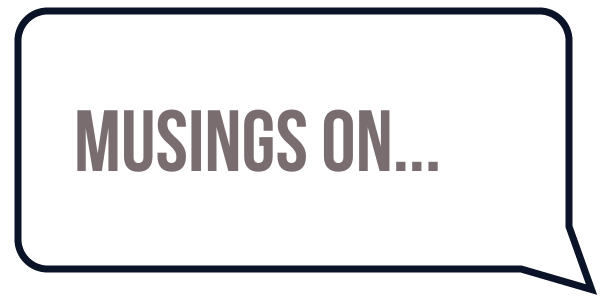
I’ve been thinking about the "self-diagnosed and self-prescribed” client, a well-framed idea by one of my favorite business thinkers, Blair Enns. This client is the one who knows both the problem and the solution. So, when they go to market to find someone to solve their problem, they’re looking for the lowest cost provider. After all, many firms can perform XYZ service, why overpay?
But, what if, since they’re not experts in your field, they have mismatched the solution with the underlying problem? If you go ahead and deliver what they are asking for, more often than not, both sides will end up disappointed. The client won’t see the results they expected, and you’ll have an unhappy client who’s no closer to reaching their goals (but now they’re out of budget), might blame you for their lack of success.
As a professional services provider, it’s your job to provide the best possible guidance for your clients. When faced with a self-diagnosed, self-prescribed client, be one that initiates the conversation that helps you both take a step back. Spend time getting to understand their business, their goals and the challenges they face. That doesn’t mean ignoring or dismissing their request, that will only frustrate them. Instead show them that you are invested in a holistic understanding of their business. If you can demonstrate that you can assess their issues, recommend and execute the service or services that will help them reach their goals, you will maintain the advisor position (vs cost-conscious vendor position) and could be looking at a long-term client.
The key is asking the right questions to focus the conversation, build a rapport and show that you understand their business without making assumptions. During the conversation you will guide the client to come to the realization that their prescription may not be the best path forward. The client may even be relieved and grateful if your conversation helps them to avoid wasting time and money on the solution they brought to you when you help them to see it’s not going to help them meet their goals.
Self-diagnosed self-prescribed clients are probably that way for a reason. Maybe they’ve had a bad experience in the past that makes them believe having everything figured out will protect their interests. Or maybe they’ve not worked with professionals who bring good ideas to the table. Leading the client through a thoughtful conversation will help build their confidence so they can trust your firm to provide the recommendations and guidance they need to succeed. Show them that you’re not just someone with a hammer treating everything like a nail. Getting your clients and prospects to reveal their firm goals will allow you to present a way forward that everyone can be happy with.
If your firm finds self-prescribed self-diagnosed clients challenging to serve, you’re not alone, but you can flip the conversation. Let's talk about how you can win them over and find yourself a new high-value, long-term client.




